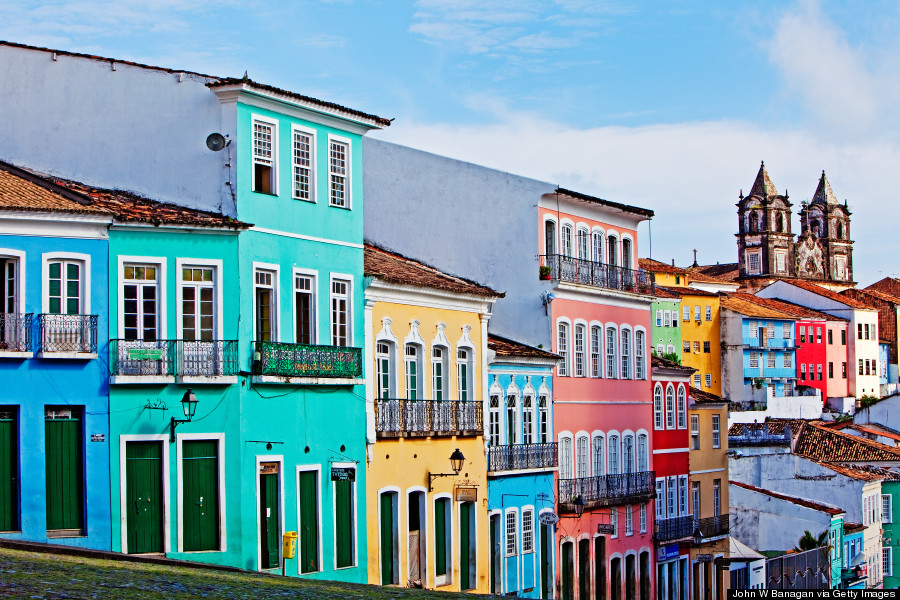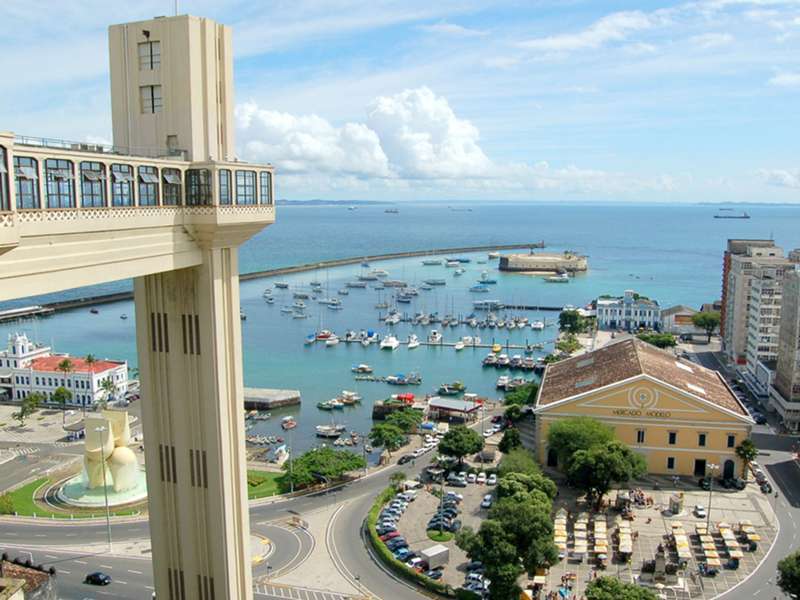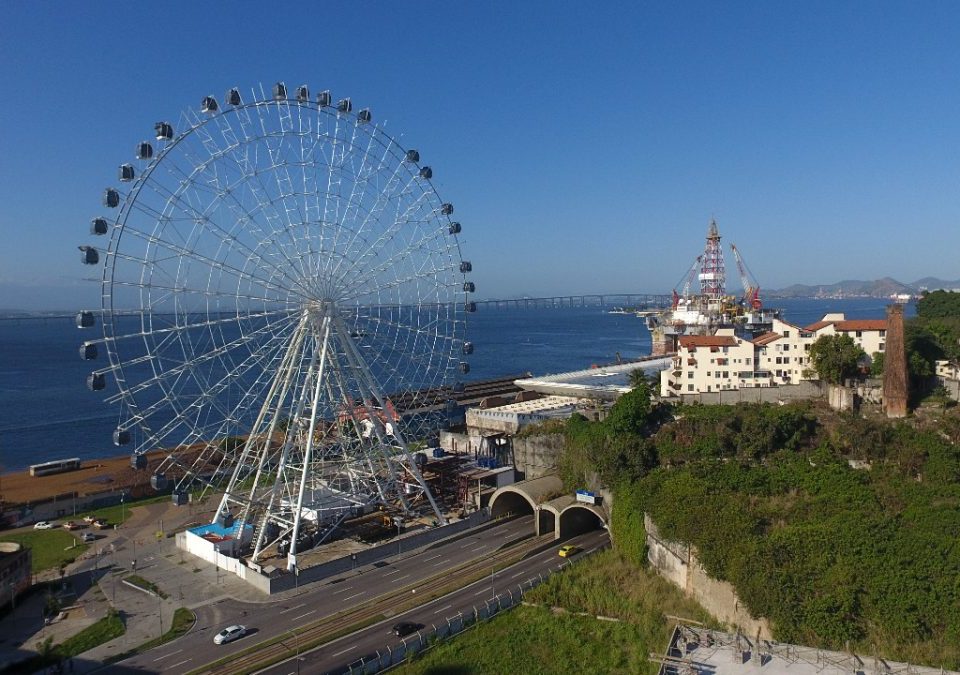Named the first capital of Brazil, Salvador has a vibrant mix of cultures, where smiles and alegria (Portuguese for “joy”) are everyday currency.
As the locals say, “Sorria, você está na Bahia!” (Smile, you’re in Bahia). Bahia is the most African state of Brazil, home of soul and rhythm, and famous for it’s nightlife.
Whether you’re planning to spend a few days in this exciting city or you’ve just landed and don’t know where to start, here are the top places to go and things to do in Salvador.
- Pelourinho
- Olodum Rehearsal
- Sunset Over Baía de Todos Santos
- Take a Day Trip to Arembepe Beach
- Day Trip to Itacimirim
- Take a Ferry to Boipeba
- Where to Next?
Pelourinho
Even though the Pelourinho is considered a tourist attraction, you can’t miss it. In the heart of the old city, the Pelourinho is basically a postcard of Salvador. Among the wonderfully restored pastel-colored buildings you can go shopping, see cultural information centers, find heaps of restaurants, bars and see live music.
Founded in 1594 by Portuguese settlers, the historic center of Brazil’s first city got its name from the main square where slaves and criminals were once punished. In 1985, UNESCO named the Pelourinho a World Heritage site.
It’s been a source of inspiration for Brazilian musicians, like Caetano Veloso, as well as international stars, like Paul Simon and Michael Jackson, who recorded scenes of a video clip here.

Olodum Rehearsal
While you’re in Salvador, check out an Olodum rehearsal. The Olodum band is a traditional Afro-Brazilian group who have been around since the 70s, and are best known for their annual Carnaval Bloco. The group hosts shows and rehearsals year round, which will easily become a trip highlight for any Afro-Brazilian music lover.
Sunset Over Baía de Todos Santos
As the day comes to a close, find yourself the perfect spot to watch the sunset over Baía de Todos Santos. Elevador Lacerda is a beautiful old art deco elevator, and is easily the most famous spot to watch the sunset. The views are incredible, but it has become a trap for tourists, where local criminals do some of their best work while you’re distracted. Some visitors have reported feeling uneasy, and say they spent the whole time watching their belongings.
Instead, find a nearby restaurant and grab a drink while you enjoy sunset without the worry – or crowds
Enjoy Sunset Jazz at Solar do Unhão on Saturdays in front of the Modern Art Museum (MAM). Local artists play jazz sets with Baian beats from 6pm until the sun goes down. It’s a great mix of live music, with incredible views of the bay, set at the foot of one of the most architecturally famous buildings in the city.
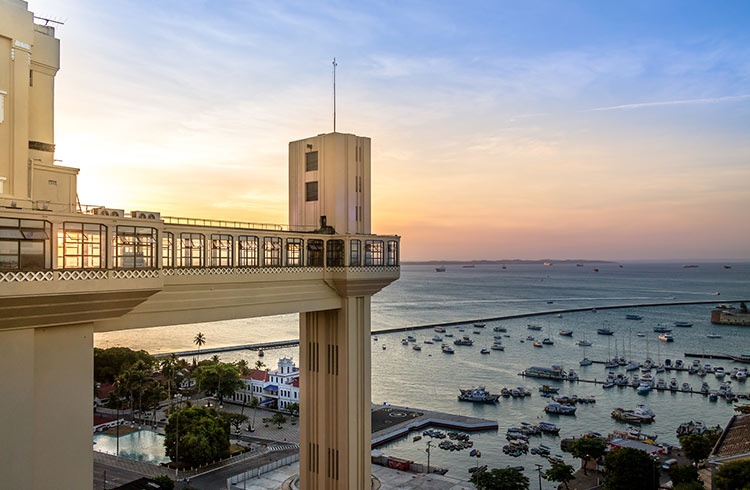
Take a Day Trip to Arembepe Beach
To experience the best of Bahia, you’ve got to get out of town.
Head to the small coastal town of Arembepe, about 27mi (45km) north of Salvador. There’s a small hippie village located close to the city center, where the peace and love generation still sell crafts and locally-grown produce. Locals here choose to live off nature, in mud and straw houses, and without electricity. This community housed Mick Jagger and Keith Richards in the 60s, American rocker Janis Joplin in 1970, and the Novos Baianos for extended stays on several occasions.
The beach is also home to sea turtle conservation projects. From December to February you can see baby turtles make their way into the ocean.
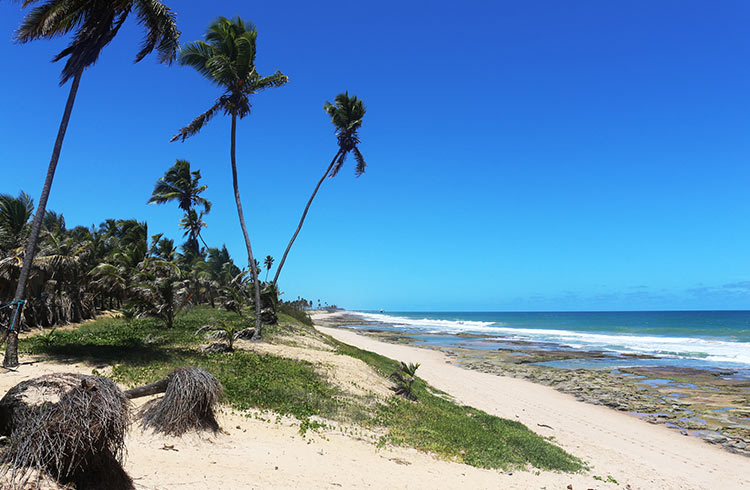
Day Trip to Itacimirim
Skip the over-popular coastal village of Praia do Forte in favor of a sleepy fishermans town called Itacimirim, which is just over an hour north of Salvador. Spread along 4mi (8km) of quiet beaches, there are natural pools for snorkeling, ideal diving conditions, fresh water rivers collide with the sea, and a few warm-water surf beaches.
Take a Ferry to Boipeba
Take a step back in time on a day trip to Boipeba. Wake up early in Salvador to catch a two-hour ferry to Boipeba Island.
This small island with four villages is a protected environmental area, where no cars or motorbikes are permitted. All transport is on foot or by farm tractor. On the island you can see native Atlantic Rainforest, salt marshes, sand dunes, extensive mangroves, live reefs, palm-tree lined beaches and a rich ecosystem of plants, sea life and wild animals.
At Moreré there are a few guest houses, bars and restaurants, but no pier for boats to dock. All transport to and from this charming village is by canoe from the main beach.
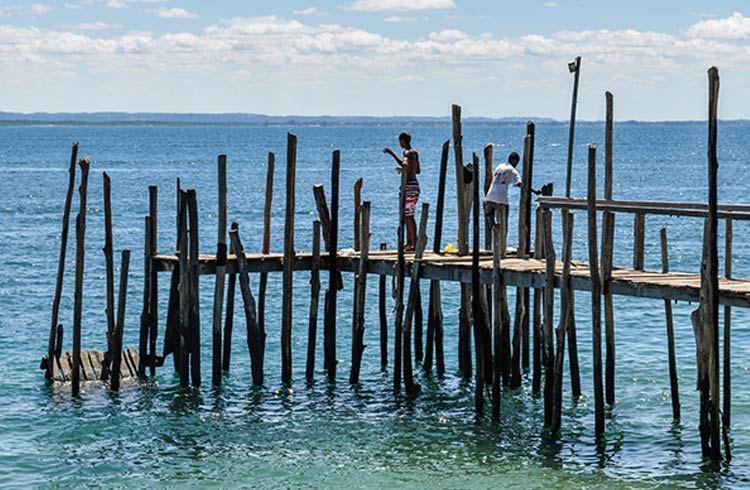
Source: www.worldnomads.com

